Treating Your Classroom Like “Prime Real Estate”
Never underestimate the influence of a well-conceived physical learning space for optimizing social, emotional, and intellectual well-being.
Being married to an artist, I’ve become sensitized to room arrangement, what’s on our walls and how things are placed, the organization and appearance of our library, and how the use of our physical space impacts our state of mind and ability to create, reflect, and feel calm – or not.
Take a close look at your school and classroom physical environments. Ensure what’s posted on walls is fostering meaningful learning, not detracting from it.
It seems, for most of us, we never have enough space for everything we want and need, so we need to prioritize what is most useful for enhancing engagement, promoting literacy and learning, and ensuring our spaces are inclusive ones for all students.
Walls Can Talk
Our walls talk and tell visitors and us much about our school’s culture, how we teach, what we believe, and what we value. Walls and hallways covered with commercially made charts with standardized graphics impart an impersonal look and feel.
Not only that: students tend to ignore those mass-produced charts. Many are written in academic vocabulary suitable for adults instead of in kid-friendly language students can understand and access.
After one flexible, astute fifth-grade teacher and her students concluded there were too many charts in the classroom and at least half were commercial and group charts they rarely used, students wrote reflections with recommendations to improve the situation. Here’s an example by one fifth grader, focusing on the use of several wall charts:
The students’ individual reflections and classroom discussions led to a much less cluttered and more beautiful room, a more peaceful environment, and the posting of information that students now accessed daily for reference, reading, and writing. Perhaps most noteworthy for the students and the teacher, the classroom now belonged to all the inhabitants, not just the teacher, and everyone was pleased with the change in dynamics.
Ideas to Create a Thriving Learning Environment
► Take an environmental walk around the school. What are your first impressions regarding what you see? Would you feel welcome in your own school? Are the spaces peaceful and beautiful? Are the posted messages and work affirming and celebratory and worth the space they are consuming? Does what you see reflect a personalized and thriving literacy and learning culture? If not, what changes might you advocate for making?
► Make wonderful libraries in the classroom and the school a high priority. Research has repeatedly shown that students who read more are better readers. Access to books matters. Although libraries will be discussed below, they are mentioned here to underscore their importance. When arranging the classroom, think libraries first.
► Make sure displayed work, word walls, and charts are legible, accessible, relevant, and current throughout the school—posted at students’ eye level; written in language students understand; useful as student resources; clear in purpose; and accurate in facts, format, spelling, and grammar. Make sure that posted student writing is current and that your charts and work reflect research-based beliefs about teaching and learning.
► Aim for having the majority of posted work in classrooms and hallways created by students with teacher guidance. Think about having students hand-write, hand-illustrate, or word-process class-generated charts and basic information students need for referral.
► Consider use of QR codes on bulletin board displays to allow videos and other tech-based projects to be easily viewed by visitors, students, or parents. Use a QR code scanner such as i-nigma, one of the most widely used barcode readers, on a smartphone, tablet, or iPad. There are many free QR code generators, such as QRstuff.com.
► Make certain that posted work throughout the school is focused on learning across the curriculum and celebrating students’ accomplishments, rather than on decorations or management behaviors and rules. Choose work to post that demonstrates student thinking, curiosity, choice, and appropriate challenge. Avoid cookie-cutter, recipe-like work in which all student contributions look the same except for a few details.
Continually ask, “Are the posted messages and displayed student work affirming, celebratory, and worth the space they are consuming? Do they accurately reflect our school’s beliefs and culture?”
Establish a Rich, Relevant Class Library
The first thing I look for when I enter any classroom is the library – its location, appearance, organization, quality and diversity of texts, student access – and whether or not it’s “our library” (the students’) or “my library” (the teacher’s).
Sometimes there are few books or there is no library. That has sometimes been the case when a large number of computers or tablets have been purchased, with the notion that most reading materials will be accessed on a screen via a device. While e-books have their own appeal and advantages, there is no substitute for excellent classroom libraries.
Classroom libraries can be a game changer for students’ reading achievement. When reading comprehension and test scores are stagnant, it’s a pretty good bet teachers and students are over-relying on a core reading program, spending much time on isolated skills work, reading few texts they enjoy, and lacking a viable classroom library.
How You Can Take Action
► Make the classroom library the centerpiece of the classroom. Look closely to make sure the library corner is prominent, attractive, and well organized, with book covers facing out, as much as possible, for easy browsing and accessibility. Rain gutters are one inexpensive, quickly installed way to showcase many books. Consider the use of plate stands on a shelf to display books. Also, where possible, include an adjacent floor area or designated space where students can read comfortably.
► Involve students in organizing, setting up, and maintaining the classroom library and give them choices in the types of texts, genres, series, and authors they prefer. Have book titles, including student-authored work, facing outward for easy access and browsing. Develop common agreements on how books are shelved, cared for, and handled. Work out a checkout system with students that they can easily manage.
► Start the collection, if need be, by borrowing a large number of books from the school and public library and, if possible, securing loans from students’ home collections too. Include a variety of series, predictable and patterned books, informational books, poetry, texts by favorite authors (including student authors), graphic novels, and whatever kinds of texts interest your students.
► Balance the collection by having at least 50 percent of it consist of nonfiction works. If books are in bins, have students handwrite the category labels for the bins to create a personalized look. Be sure the library is organized with students so there is joint ownership, which increases usage and enjoyment.
► Create a shelf or an area that displays books that are students’ favorite picks. Have book recommendations attached to the book or a QR code in the book that can be scanned for a video of a book review done by a student or group of students.
► Celebrate the classroom library with a grand opening. After students have organized and labeled library sections at the beginning of the year, hold a grand opening and ribbon-cutting ceremony. Students can write letters to invite the principal and other school staff and also write and deliver speeches about the importance of their library, how they organized it, and how they choose great books.
► Be cautious about leveling books. Just as we would not expect to be directed to a particular level of books in the public library, think about grouping books by categories rather than levels, and explicitly teaching students how to select books they can read and understand. Leveled texts can be useful for guided reading and for students still struggling to choose books they can read, but for most of us, having a wide range of choices works best.
► Connect your reading conferences to independent reading. Because almost all reading is done silently and independently, provide daily, sustained reading practice time on self-selected books. Then confer one-on-one with students to celebrate their strengths, ensure they comprehend deeply, and determine teaching needs. For emerging readers, some of that time might be spent reading the same book with a partner.
► Advocate for books for classroom and school libraries, which are typically underfunded. Prioritize and budget for purchasing books ahead of the latest technology. Although e-readers and e-books have their place and many students benefit from e-reading, most students—and adults—still prefer holding the physical book in their hands. Also very important: a high-quality, diverse collection of books expands our planning and curriculum options as well as students’ learning experiences and choices.
Time for a Self Check
Self-check your physical learning environment and ensure it is organized to showcase, celebrate, and convey messages and content that clearly invite all learners to meaningfully and joyfully participate and learn more.
In particular – and important enough to be restated – critically examine your classroom library. A well-organized and well-stocked classroom library is a precursor for a classroom grounded in reading, writing, and inquiry. You can’t be a writer without being a reader, and you can’t become a reader without easy access to interesting texts and sustained time to read them.
____________________
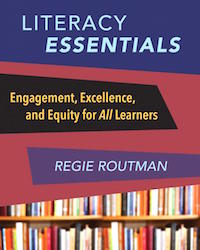

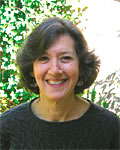
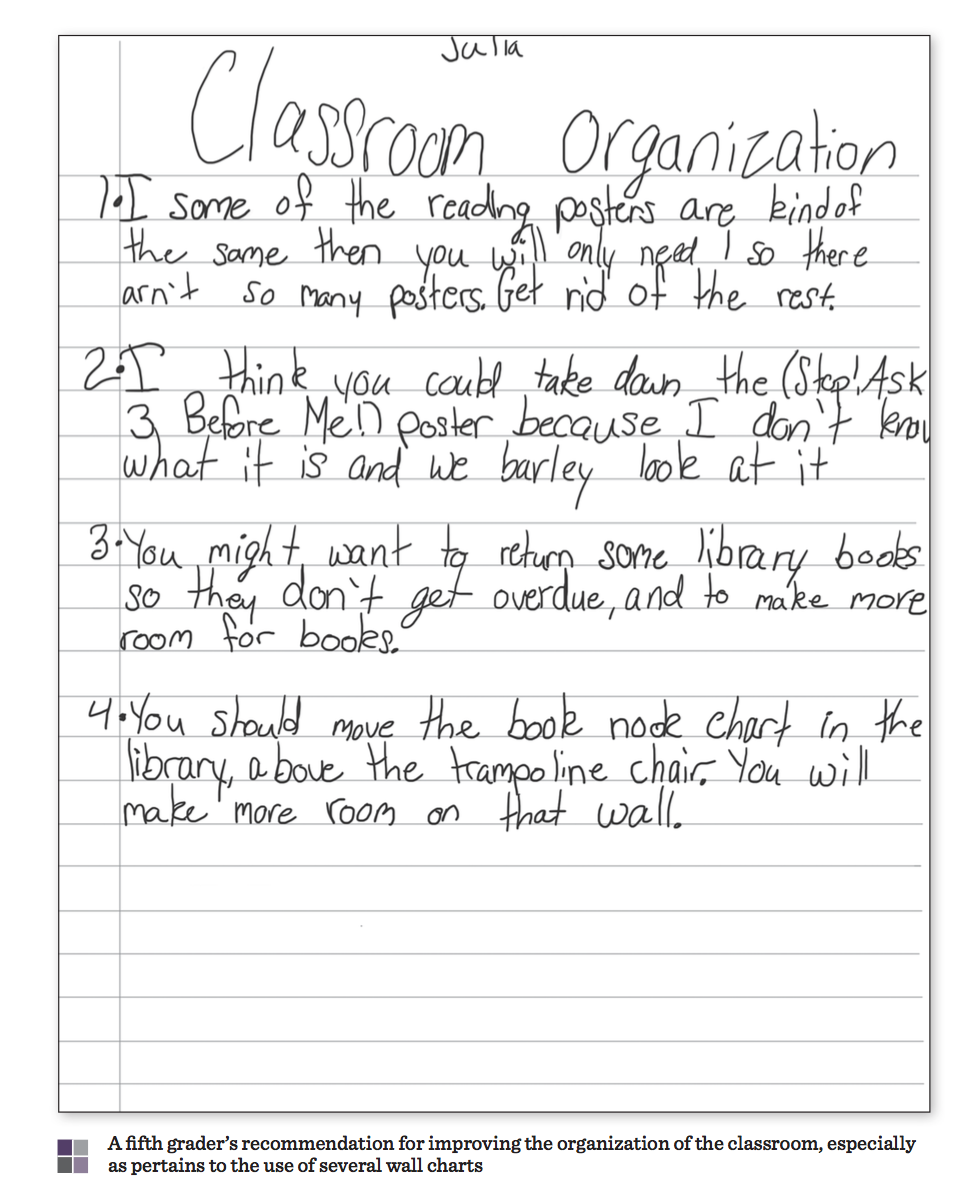
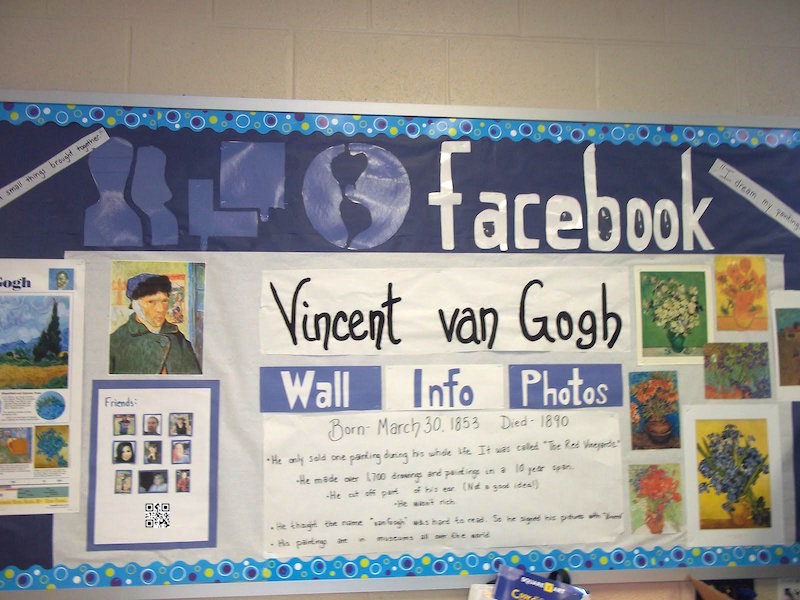
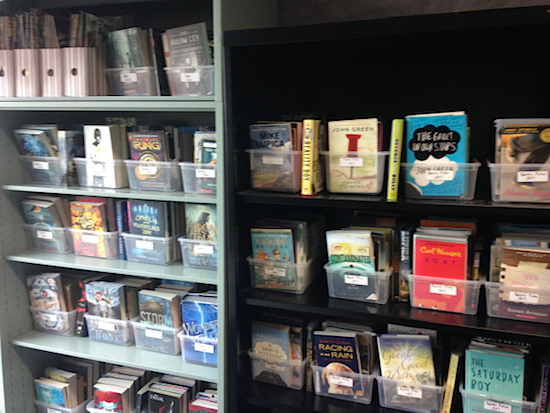


































Great post! I am going to share this with the teachers at my school immediately. Sometimes our classroom spaces become stagnant and our charts become wallpaper. This is a good reminder to guard against that. My husband recently said this about anchor charts, “If you don’t refer to and even touch them at least once a week, you probably need to take them down and replace them.” The point? Our environment should be a living, breathing part of our active instruction.
Thanks Rita for your affirmation and insights. I also find that what’s on the walls says a lot about the school’s culture. For instance, most posted work actually serves as artifacts to cover the wall rather than as information for intended readers. When posted work is meant for real readers, the class–often through a shared writing–also posts an explanation of what’s on the wall and why it’s there.